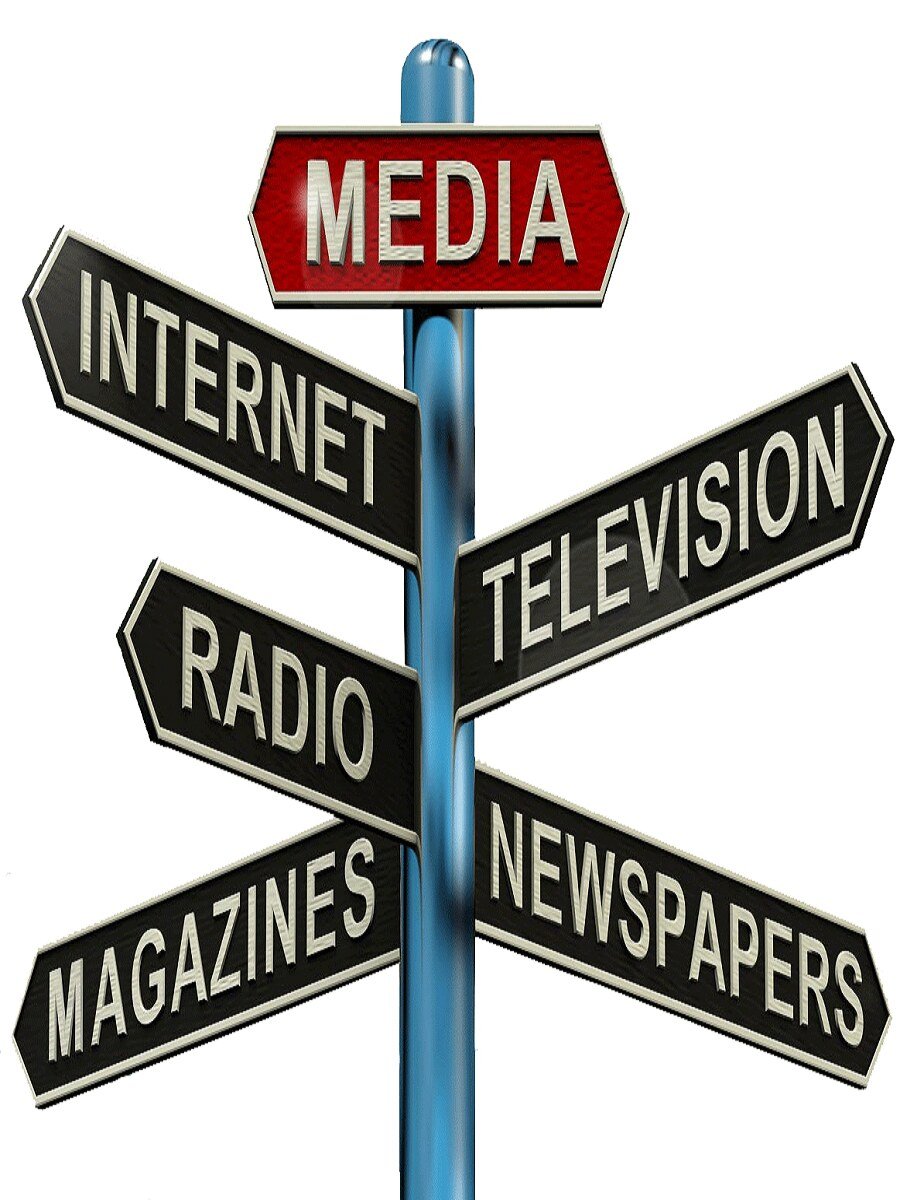Media News
A Brief History of Media News
The evolution of media news has undergone significant transformations since its inception. The journey began with print media, where newspapers played a pivotal role in shaping public opinion and disseminating information. The first newspaper, “Relation,” was published in 1605 by Johann Carolus in Strasbourg. Newspapers quickly grew in popularity and became essential tools for informing the masses about current events, political developments, and societal changes. The 19th century saw substantial advancements in printing technology, which allowed newspapers to reach a broader audience, further solidifying their impact on society.
The late 20th century marked the initial steps towards digital news with the advent of the internet. Early internet news portals, such as “The New York Times” online and CNN. com, began to emerge, providing a new platform for news dissemination. The digital age offered unprecedented immediacy and accessibility, allowing users to access news from anywhere at any time.
The Digital Revolution in News Media
The advent of the internet has profoundly transformed the landscape of news media, marking a significant departure from traditional forms of news consumption and distribution. One of the most notable changes is the rise of online news websites, which have become primary sources of information for many individuals. These platforms offer real-time updates and a vast array of multimedia content, catering to diverse audience preferences.
The transition from scheduled news broadcasts to on-demand news access represents a paradigm shift in how news is consumed. Gone are the days when audiences had to tune in at specific times to catch up on the latest events. Today, news is available 24/7 and can be accessed at the convenience of the consumer. This immediacy has heightened the competition among news organizations to deliver breaking news faster than ever, often leading to a “race to be first” mentality. While this has increased the speed at which information is disseminated, it has also raised concerns about accuracy and the spread of misinformation.
The Future of Media News
The future of media news stands at the intersection of technological advancements and evolving audience dynamics. One of the primary drivers of this transformation is artificial intelligence (AI). AI’s capabilities in automating news generation, fact-checking, and personalization of content are set to revolutionize how we consume news. Algorithms can analyze vast datasets to produce relevant news stories tailored to individual preferences, thereby enhancing user engagement and satisfaction.
In conclusion, the future of media news is a complex and multifaceted domain influenced by rapid technological advancements and changing audience expectations. By leveraging AI, AR, and blockchain, and embracing user-generated content, the media industry can create a more engaging, trustworthy, and ethical news ecosystem.
